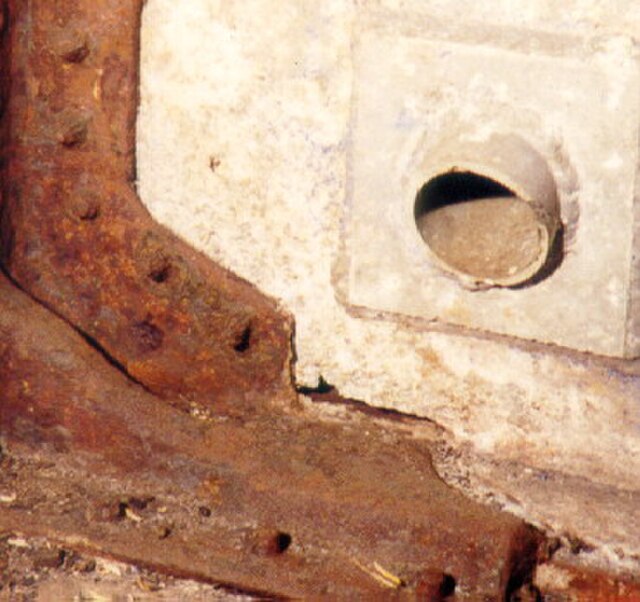In physical chemistry and engineering, passivation is coating a material so that it becomes "passive", that is, less readily affected or corroded by the environment. Passivation involves creation of an outer layer of shield material that is applied as a microcoating, created by chemical reaction with the base material, or allowed to build by spontaneous oxidation in the air. As a technique, passivation is the use of a light coat of a protective material, such as metal oxide, to create a shield against corrosion. Passivation of silicon is used during fabrication of microelectronic devices. Undesired passivation of electrodes, called "fouling", increases the circuit resistance so it interferes with some electrochemical applications such as electrocoagulation for wastewater treatment, amperometric chemical sensing, and electrochemical synthesis.

Tempering colors are produced when steel is heated and a thin film of iron oxide forms on the surface. The color indicates the temperature the steel reached, which made this one of the earliest practical uses of thin-film interference.
Relation between voltage and color for anodized titanium.
Corrosion is a natural process that converts a refined metal into a more chemically stable oxide. It is the gradual deterioration of materials by chemical or electrochemical reaction with their environment. Corrosion engineering is the field dedicated to controlling and preventing corrosion.
Corrosion on exposed metal, including a bolt and nut
Galvanic corrosion of an aluminium plate occurred when the plate was connected to a mild steel structural support.
Gold nuggets do not naturally corrode, even on a geological time scale.
Normal microstructure of Type 304 stainless steel surface






